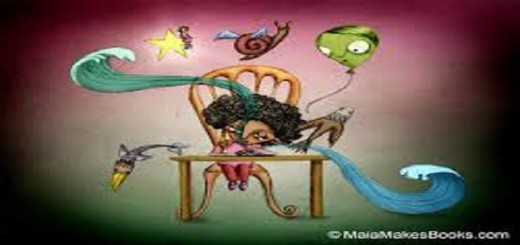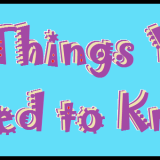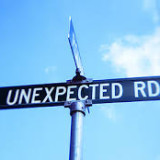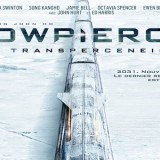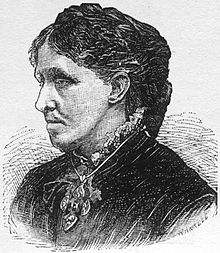The Novel Approach – The Beginning
Hey there. I’m Megan, and I’ll be talking about the different aspects of novels once a week with you guys. I only see logic in my first article covering beginnings.
For me, one of the hardest parts of writing any work is starting it. For a novel, the stakes are a bit higher. The beginning has to be exciting enough to make the reader willing to make a commitment while also giving enough information to keep confusion at bay. The balance is a delicate one and is easily tipped one way or another. Starting this article was hard enough. How can one begin a novel?
Let’s see…
The Prologue is a fantastic tool if you know how to use it correctly. Prologues are usually used to begin at the end of a story, so that the reader keeps turning pages. This is known as a hook. Usually, the only other reason to use a prologue when the novel begins before the main plot, covering backstory so that the author doesn’t have to work in flashbacks or a lot of dialogue to introduce it. That’s a personal favorite of mine.
However, a prologue cannot be a substitute for any first chapter. It’s has a special purpose. So the question then is “How do I make a good Chapter One?”
We all remember those lessons in third grade where we were taught to begin with dialogue, action, or onomatopoeia. Though this may get the reader to start reading and keep the reader invested for a page or two, you’ll quickly loose interest if that’s the only hook your first chapter has. You need to pull out the big guns.
I love starting with conflict. In most novels conflict will be what drives your story. In my own project, I open with a choice. For me the choice is nunnery or brothel, but it could be to fight or flee or to speak or stay silent. And that’s only internal conflict.
There’s also external conflict between characters or nature. The initial internal conflict in my first chapter morphs into an external one between sisters. The trick is to get your reader invested. Either use a conflict your readers can relate to or describe your character’s emotions in such a way to quickly enthrall your readers. The conflict can be anything from an argument to a battle to a thumb war.
Whatever happens on your first few pages, there are two really important things that must be addressed. You may even have to be sneaky about it because sometimes they aren’t the most gripping to aspects of writing. Characters and setting.
Now, introducing characters may sound obvious, but readers need more than a name and a mug shot. The beginning is usually the first impression of your main character at the very least, and though the reader doesn’t want to know all of the quirks and flaws all in one go, he will want to see a glimpse of depth and get to know the character he’ll be devoting himself to a little.
As vital as it is, setting is often forgotten. The reader needs to see where everything is taking place. I’ve often found in my own reading that the more vivid the setting, the more engrossed I get, and the less willing I am to put the book down. You don’t want your readers to put the book down. Avoid the three long paragraphs of nothing more than description. Hitting a dense, boring part- even one only a few paragraphs long- is a turn off to many readers. You can sprinkle bits and pieces of description throughout just as effectively.
So, the bottom line is to start with a bang and don’t slow down until your reader can’t put the book down. That being said, this isn’t the bible of beginnings. Everyone’s writing style and reading preference is different.
In the end, the white page is the enemy. Your beginning won’t be perfect the first time. It’s acknowledged by many to be the hardest part of starting a project. Don’t obsess about it in your first draft.


